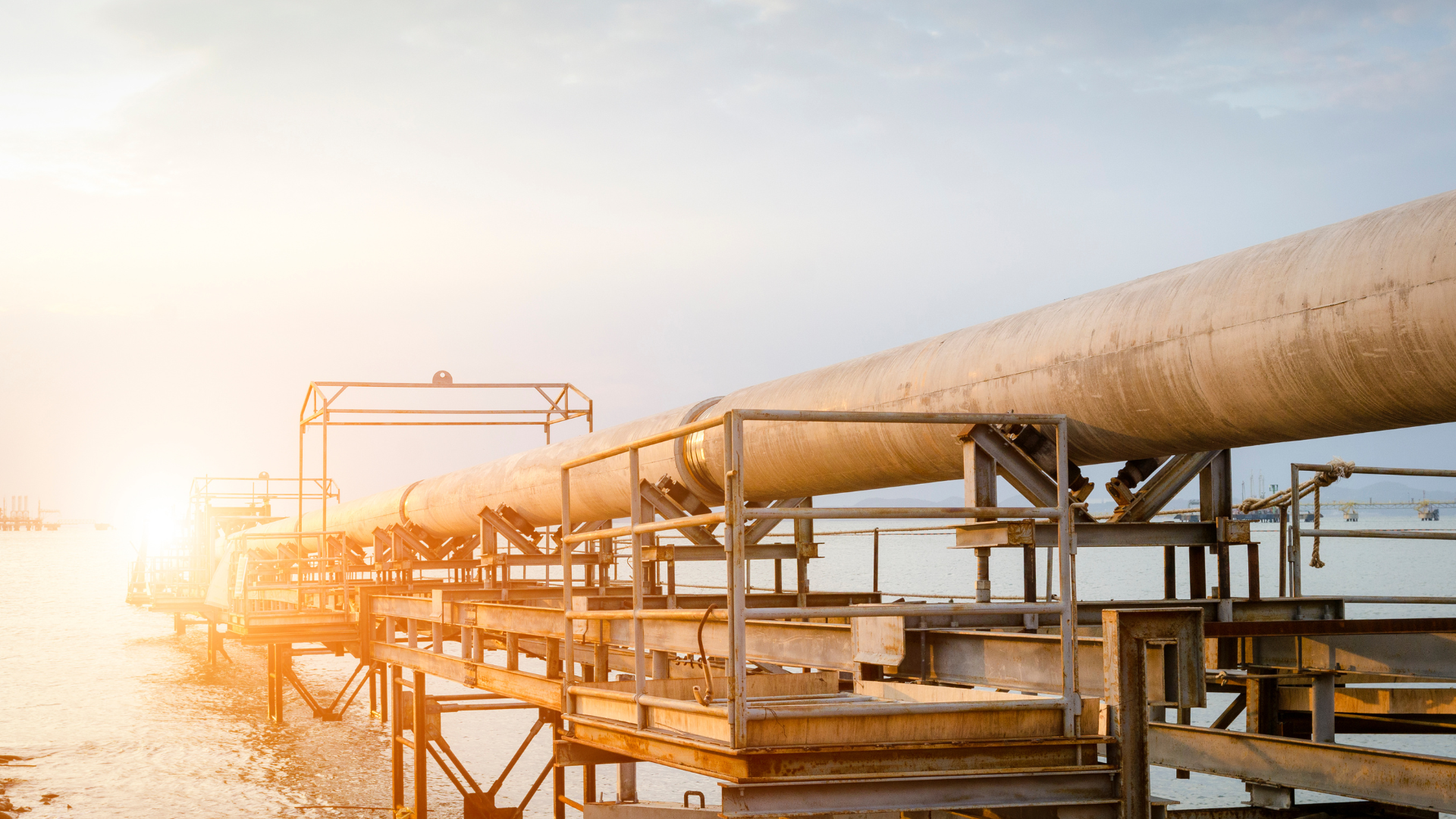Natural gas is an essential energy source that powers homes, businesses, and industries around the world. However, the transportation of natural gas involves inherent risks. To ensure the secure delivery of this valuable resource, robust safety measures are implemented throughout the entire supply chain. This article explores the various safety measures employed from extraction to end-use, highlighting the precautions taken to minimize the potential hazards associated with natural gas transportation.
- Exploration and Extraction Safety Measures
The journey of natural gas begins with exploration and extraction. To ensure the safety of workers and the environment, stringent safety protocols are in place. These measures include”
a) Well Design and Integrity: Natural gas wells are engineered to withstand high pressure and corrosive environments. Rigorous testing and monitoring ensure the structural integrity of the wells to prevent leaks.
b) Blowout Prevention Systems: Blowout preventers (BOPs) are installed to control well pressure and prevent uncontrolled releases of gas during drilling operations. Regular maintenance and testing of BOPs are essential to their effectiveness.
c) Gas Detection Systems: Advanced gas detection systems are deployed at extraction sites to monitor gas leaks and alert personnel to potential dangers promptly.
2. Transportation Safety Measures
Once extracted, natural gas needs to be transported efficiently and safely across long distances. The following safety measures are implemented during transportation:
a) Pipeline Design and Maintenance: Pipelines are the primary mode of transporting natural gas. Stringent design codes and standards ensure the structural integrity of pipelines. Regular inspections, maintenance, and repairs are carried out to identify and address any weaknesses.
b) Cathodic Protection: To prevent corrosion, pipelines are equipped with cathodic protection systems that use electrical currents or sacrificial anodes to counteract the electrochemical reactions that lead to corrosion.
c) Pressure Monitoring and Control: Pipelines are equipped with sensors and control systems that continuously monitor pressure levels. In case of abnormal pressure fluctuations, automatic shutdown systems are activated to prevent accidents.
d) Right-of-Way Maintenance: Clearing vegetation and conducting regular inspections along the pipeline’s right-of-way helps identify potential hazards and maintain the safety and security of the infrastructure.
e) Leak Detection Systems: Advanced leak detection technologies, such as acoustic, infrared, and fiber-optic sensors, are employed to detect leaks along the pipeline network promptly. These systems enable operators to identify and repair leaks before they escalate into major incidents.
3. Storage and Distribution Safety Measures
Natural gas is often stored in underground facilities or above-ground tanks before being distributed to consumers. Safety measure at this stage include:
a) Safety Standards for Storage Facilities: Strict regulations govern the construction and operation of natural gas storage facilities. These standards ensure the structural integrity of storage facilities and the safe handling of the gas.
b) Emergency Shutdown Systems: Storage facilities are equipped with emergency shutdown systems that can be activated to isolate the gas in case of leaks or other emergencies.
c) Odorization: Natural gas is odorless, so an odorant, typically mercaptan, is added to give it a distinct smell. This allows individuals to detect gas leaks more easily and take appropriate action.
d) Distribution System Monitoring: Gas distribution companies employ advanced monitoring systems to track pressure levels, flow rates, and other parameters throughout the distribution network. Timely detection of abnormalities allow for swift response and necessary repairs.
The secure delivery of natural gas relies on a comprehensive array of safety measure implemented at every stage of the supply chain. From exploration and extraction to transportation, storage, and distribution, industry stakeholders prioritize safety to protect workers, the environment, and the public. By adhering to stringent regulations, investing in advanced technologies, and conducting regular inspections and maintenance, the natural gas industry ensures the secure and efficient transportation of this vital energy resource, fostering sustainable and reliable energy systems worldwide.






